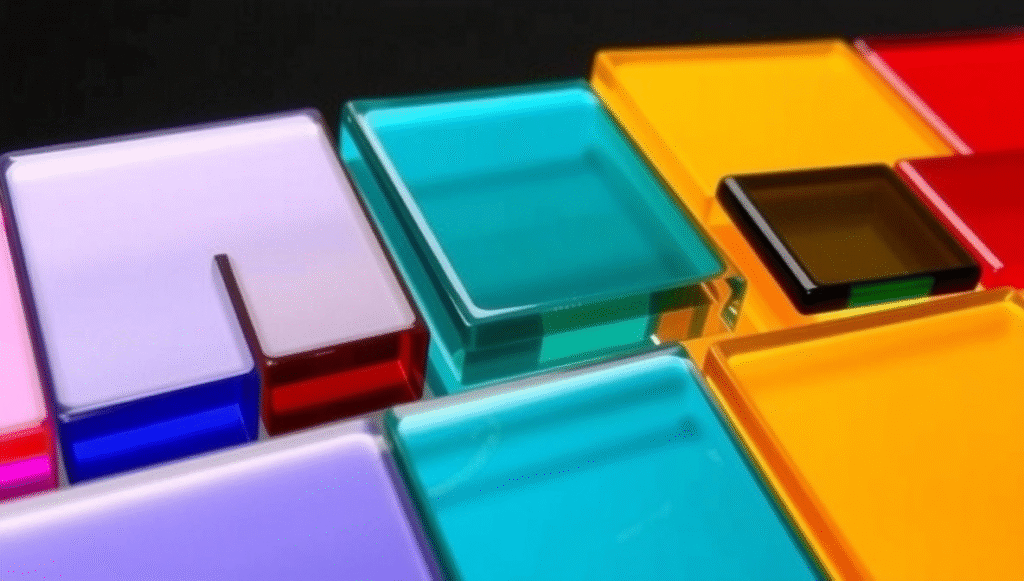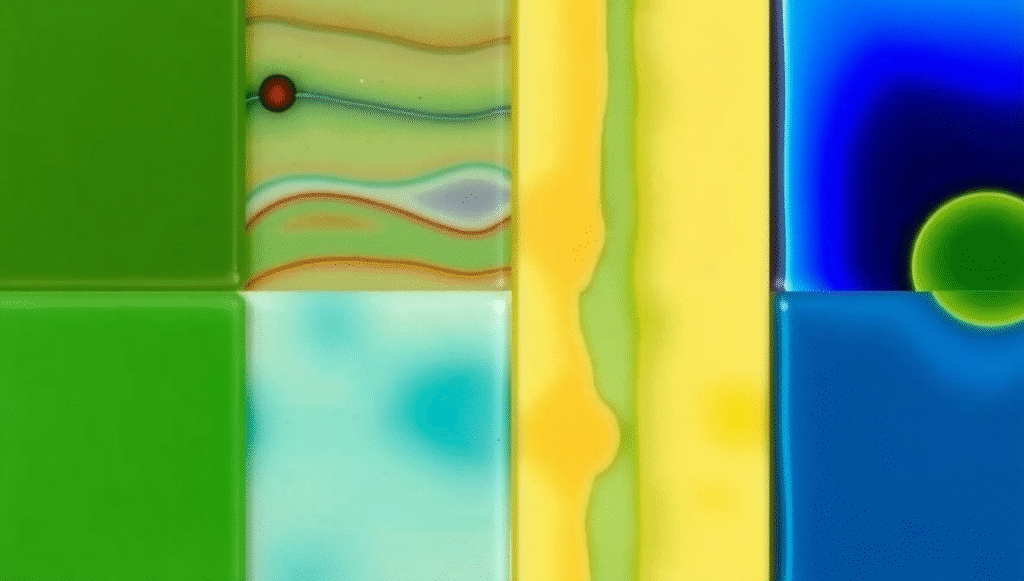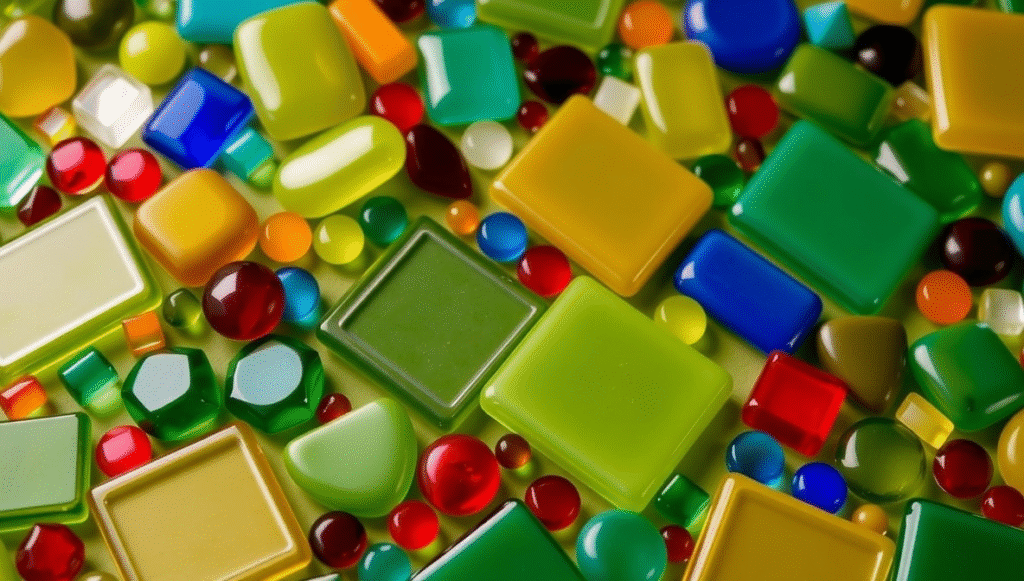Bullseye Glass is a special type of glass loved by artists and hobbyists all over the world. Bullseye glass is colorful, strong, and perfect for creating amazing glass art projects. Many people use bullseye glass for making stained glass windows, glass jewelry, and decorations. It is easy to cut, shape, and fuse, making it ideal for both beginners and experienced glass crafters. If you are curious about glass art or want to start a new hobby, bullseye glass can help you make beautiful pieces that you can display at home or give as gifts. Understanding the basics of bullseye glass, its uses, and techniques will make your creative journey easier and more fun.
Working with bullseye glass is exciting because it allows you to explore colors and designs in a creative way. Artists often layer bullseye glass to create unique textures, patterns, and effects that are impossible with other types of glass. You can cut bullseye glass into different shapes and fuse them together in a kiln to make stunning art pieces. This glass is also popular in schools and workshops because it is safe and easy to handle. Whether you want to make small ornaments, decorative panels, or functional items like coasters, bullseye glass gives you endless options. Learning how to work with bullseye glass will improve your skills, boost your confidence, and let your imagination shine through your creations.

What is Bullseye Glass and Why Artists Love It
Bullseye glass is a type of glass specially made for art and crafting. Unlike ordinary glass, it is made to handle high temperatures in kilns, which makes it perfect for fusing and shaping. Artists love bullseye glass because it is vibrant, easy to cut, and comes in many colors. Its smooth surface and consistent thickness make it easier to design and layer. Many glass artists use bullseye glass for stained glass windows, glass jewelry, and even decorative tiles. Its popularity comes from its flexibility, safety, and the beautiful results it produces.
Different Types of Bullseye Glass for Your Projects
Bullseye glass comes in many forms to suit different projects. There are clear sheets, colored sheets, and even textured sheets that create unique effects. Transparent bullseye glass lets light pass through, perfect for windows and lamps. Opaque sheets are great for bold designs and patterns. Some sheets have gradients or swirls that give your project a creative touch. Knowing the type of bullseye glass you need will help you achieve the design you want and make your project more successful.
How to Choose the Right Bullseye Glass for Beginners
For beginners, it’s important to start with simple bullseye glass sheets. Choose colors you like and start with clear or solid-colored sheets. Avoid complicated textures at first, because they can be harder to work with. Thickness also matters: thinner sheets are easier to cut and shape, while thicker sheets are stronger for durable projects. Picking the right glass helps you practice safely and gain confidence before moving on to more advanced designs.
Bullseye Glass Cutting Tips and Tricks
Cutting bullseye glass may seem tricky, but with the right tools, it becomes easy. Always use a sharp glass cutter and a cutting mat to protect your workspace. Score the glass carefully along the line you want to cut, then gently snap it apart. Safety is important, so wear gloves and eye protection. Beginners should practice on scrap pieces before starting real projects. With patience, you can cut bullseye glass into perfect shapes for any design.
Easy Bullseye Glass Projects You Can Try at Home
Bullseye glass is great for small projects at home. Beginners can start with coasters, small ornaments, or sun catchers. These projects are simple but give you a feel for cutting, layering, and fusing glass. You can also make jewelry pieces like pendants or earrings. These projects help you practice your skills and build confidence before attempting bigger works of art.
Fusing Bullseye Glass: Step-by-Step Guide
Fusing bullseye glass in a kiln is an exciting way to create unique designs. First, clean the glass to remove dust and fingerprints. Then, layer the pieces as you want your final design to look. Place them in a kiln and heat according to the glass thickness. The glass will melt slightly and fuse together, creating a smooth, seamless surface. Cooling must be slow to prevent cracks. Fused bullseye glass can be used for coasters, panels, and decorative items. Learning this process opens many creative possibilities.

Creative Ideas Using Bullseye Glass for Decorations
Bullseye glass can be used to make stunning home decorations. You can create wall art, glass tiles, decorative bowls, or even lamps. Layering different colors and textures creates interesting effects. Adding patterns or shapes makes your work stand out. You can also mix bullseye glass with other materials like metal or wood for unique designs. These decorations brighten up any room and make excellent gifts for friends and family.
Common Mistakes When Working with Bullseye Glass and How to Avoid Them
Many beginners make simple mistakes with bullseye glass. Cutting without scoring properly can break the glass unevenly. Using dirty glass in a kiln can cause bubbles or marks. Rushing the fusing process can lead to cracks. Always take your time, follow instructions, and practice on scrap pieces. Wearing safety gear is important to prevent injuries. Avoiding these mistakes will help you create professional-looking glass art.
How Bullseye Glass is Made: The Process Explained
Bullseye glass is made using a careful process to ensure quality and durability. Raw materials are melted together at high temperatures and then formed into sheets. The glass is cooled slowly to prevent stress and cracks. Colors are added during production to create vibrant and consistent shades. Some sheets are textured or patterned to give artists more options. Understanding how bullseye glass is made helps you appreciate its quality and why it is trusted by glass artists worldwide.
Tools and Materials You Need for Bullseye Glass Art
Working with bullseye glass requires some basic tools. You need a glass cutter, cutting mat, safety gloves, and eye protection. For fusing projects, a kiln is necessary. You may also need grinders, tweezers, and glass adhesive for certain designs. Having the right materials ensures safety and makes your projects easier and more enjoyable. Investing in good quality tools helps you achieve better results and reduces mistakes.
Tips for Beginners to Improve Bullseye Glass Skills
Beginners should start small and be patient. Practice cutting, layering, and fusing before attempting big projects. Watching tutorials or joining workshops can teach valuable techniques. Keep your workspace clean and organized. Experimenting with colors and textures helps you understand how bullseye glass behaves. Over time, your skills will improve, and you will gain confidence to create more complex and beautiful designs.

Conclusion
Bullseye glass is a versatile and exciting material for artists and hobbyists. Its colors, durability, and ease of use make it perfect for beginners and experts alike. From cutting and shaping to fusing and layering, bullseye glass offers endless creative opportunities. By starting with simple projects, learning the right techniques, and practicing patience, anyone can make beautiful glass art. With the right tools, knowledge, and imagination, bullseye glass allows you to create decorations, jewelry, and art pieces that shine and inspire.
FAQs
What is bullseye glass used for?
Bullseye glass is used for stained glass, fusing projects, jewelry, decorations, and art pieces.
Is bullseye glass good for beginners?
Yes, bullseye glass is easy to cut, shape, and fuse, making it great for beginners.
Can I fuse bullseye glass at home?
Yes, with a kiln and proper safety precautions, you can fuse bullseye glass at home.

